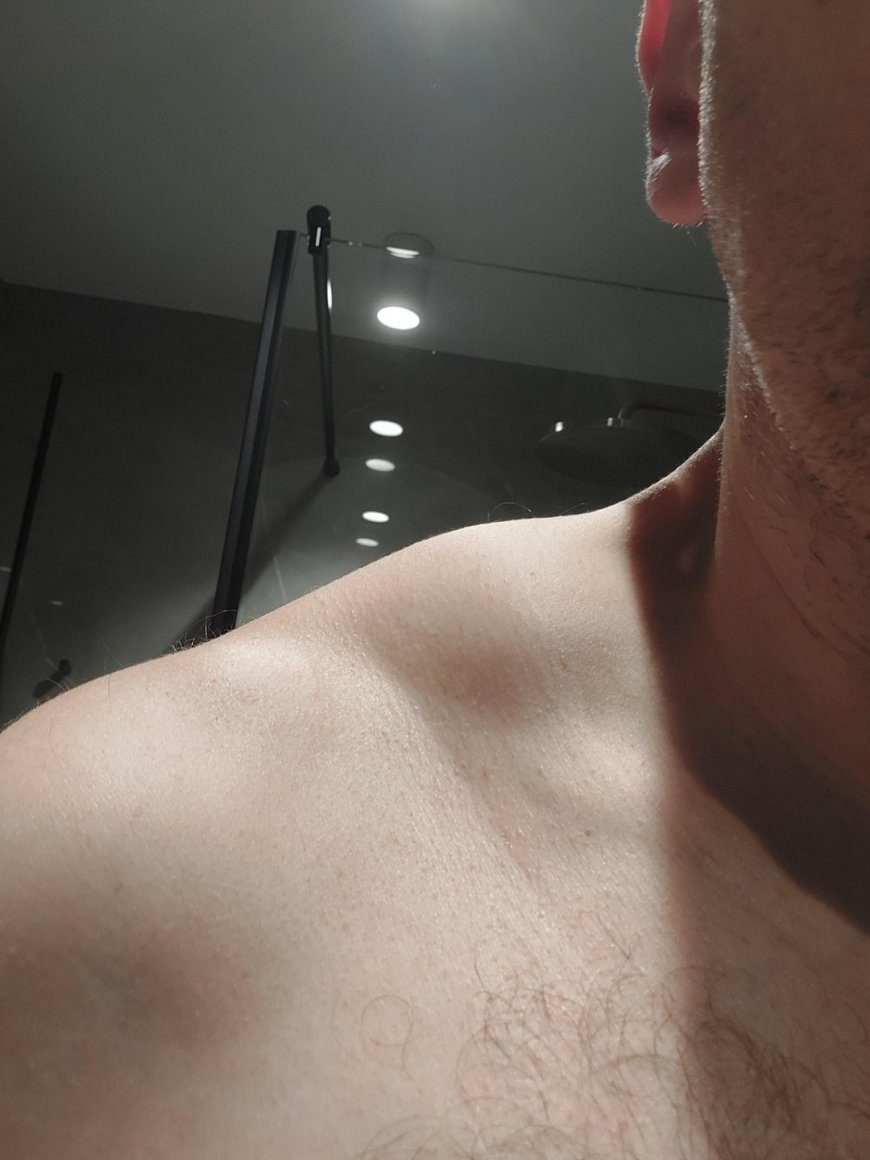Common Misconceptions About Lipoma Treatment
Discover the best lipoma treatment in Dubai. Our surgeons offer safe and painless procedures for removing lipomas and enhancing appearances.

Lipomas are benign tumors composed of fatty tissue and are among the most common types of soft tissue tumors. Despite their benign nature, there are many misconceptions about lipoma treatment that can lead to confusion and misinformation. Understanding these misconceptions can help individuals make informed decisions about their health and treatment options. This article aims to debunk some of the most prevalent myths surrounding Lipoma Treatment in Dubai.
Misconception 1: Lipomas Are Cancerous
One of the most common misconceptions about lipomas is that they are cancerous. This misunderstanding can stem from the general fear of tumors and cancer. However, lipomas are benign and are not associated with cancer. They are simply a mass of fat cells that grow slowly and are usually harmless. While it is always important to have any new lump or bump evaluated by a healthcare professional to ensure it is not something more serious, the majority of lipomas are non-cancerous.
Misconception 2: Lipomas Will Go Away on Their Own
Another widespread belief is that lipomas will eventually disappear without treatment. While it is true that some lipomas may remain stable and not cause any issues, they do not typically resolve on their own. Lipomas are unlikely to shrink or disappear without intervention. If a lipoma becomes bothersome, painful, or grows, medical treatment may be necessary to remove it. Simply waiting and hoping for the lipoma to go away on its own is not a reliable approach.
Misconception 3: All Lipoma Treatments Involve Surgery
A prevalent misconception is that surgery is the only treatment option for lipomas. While surgical removal is the most common method to eliminate a lipoma, it is not the only option. For some individuals, particularly if the lipoma is small and not causing any symptoms, a "watchful waiting" approach may be recommended. In certain cases, lipomas may be treated using minimally invasive procedures, such as liposuction, where the fatty tissue is suctioned out through a small incision. However, surgical removal remains the most effective way to ensure complete eradication of the lipoma.
Misconception 4: Lipoma Treatment Is Extremely Painful
Many people worry that lipoma treatment will be extremely painful. While there may be some discomfort associated with treatment, the procedures used to remove or manage lipomas are generally well-tolerated. Local anesthesia is commonly used during surgical procedures, which minimizes pain during the operation. Post-procedure discomfort is typically manageable with over-the-counter pain relievers. For those considering treatment options, discussing pain management strategies with a healthcare provider can help alleviate concerns.
Misconception 5: Lipoma Removal Leaves a Large Scar
Concerns about scarring are another common misconception related to lipoma treatment. While it is true that any surgical procedure has the potential to leave a scar, advances in surgical techniques have made it possible to minimize scarring. For example, modern surgical methods and techniques focus on making smaller incisions and employing cosmetic suturing techniques to reduce scar visibility. Additionally, non-surgical options like liposuction may result in minimal scarring. It is important to discuss scar management and cosmetic outcomes with a healthcare professional before undergoing treatment.
Misconception 6: Lipomas Are a Sign of Poor Health or Lifestyle Choices
There is a misconception that lipomas are indicative of poor health or lifestyle choices. This belief is not supported by medical evidence. Lipomas can occur in individuals of any health status and are not linked to lifestyle factors such as diet or exercise. They are generally considered a result of genetic predisposition rather than environmental or behavioral factors. Therefore, having a lipoma does not reflect negatively on an individual's overall health or lifestyle.
Misconception 7: Lipomas Can Be Treated with Home Remedies
Some people believe that lipomas can be treated with home remedies or alternative treatments. This is a misconception, as there is no scientific evidence supporting the effectiveness of home remedies for treating lipomas. While some may claim that natural remedies or alternative therapies can help, they are not a substitute for professional medical evaluation and treatment. The most reliable way to address a lipoma is through consultation with a healthcare provider who can recommend appropriate treatment based on the individual's specific condition.
Misconception 8: Lipoma Treatment Is Only for Cosmetic Reasons
A common misunderstanding is that lipoma treatment is solely for cosmetic purposes. While some individuals seek treatment for cosmetic reasons, others may require treatment due to symptoms such as pain or discomfort caused by the lipoma. In some cases, lipomas can press on surrounding tissues or nerves, leading to functional issues or discomfort. Therefore, treatment may be necessary not only for aesthetic reasons but also to alleviate symptoms and improve quality of life.
Conclusion
Understanding the common misconceptions about lipoma treatment is crucial for making informed decisions about managing this condition. By dispelling myths and providing accurate information, individuals can approach lipoma treatment with a clearer perspective. Whether seeking surgical removal, exploring non-surgical options, or opting for a "watchful waiting" approach, consulting with a healthcare professional is essential to determine the most appropriate course of action based on individual needs and circumstances.
